Hey there, friends! It’s Mason again, your favorite weather enthusiast. Today, I’m going to tell you all about something that still blows my mind—the 2011 Japanese tsunami. It was HUGE! Like, the kind of wave you’d want to surf, but… actually, not really. This was a serious, scary event that shook Japan and even the whole world. But don’t worry, I’m gonna explain it in a way that’s not too scary but still cool and important.
What Happened?
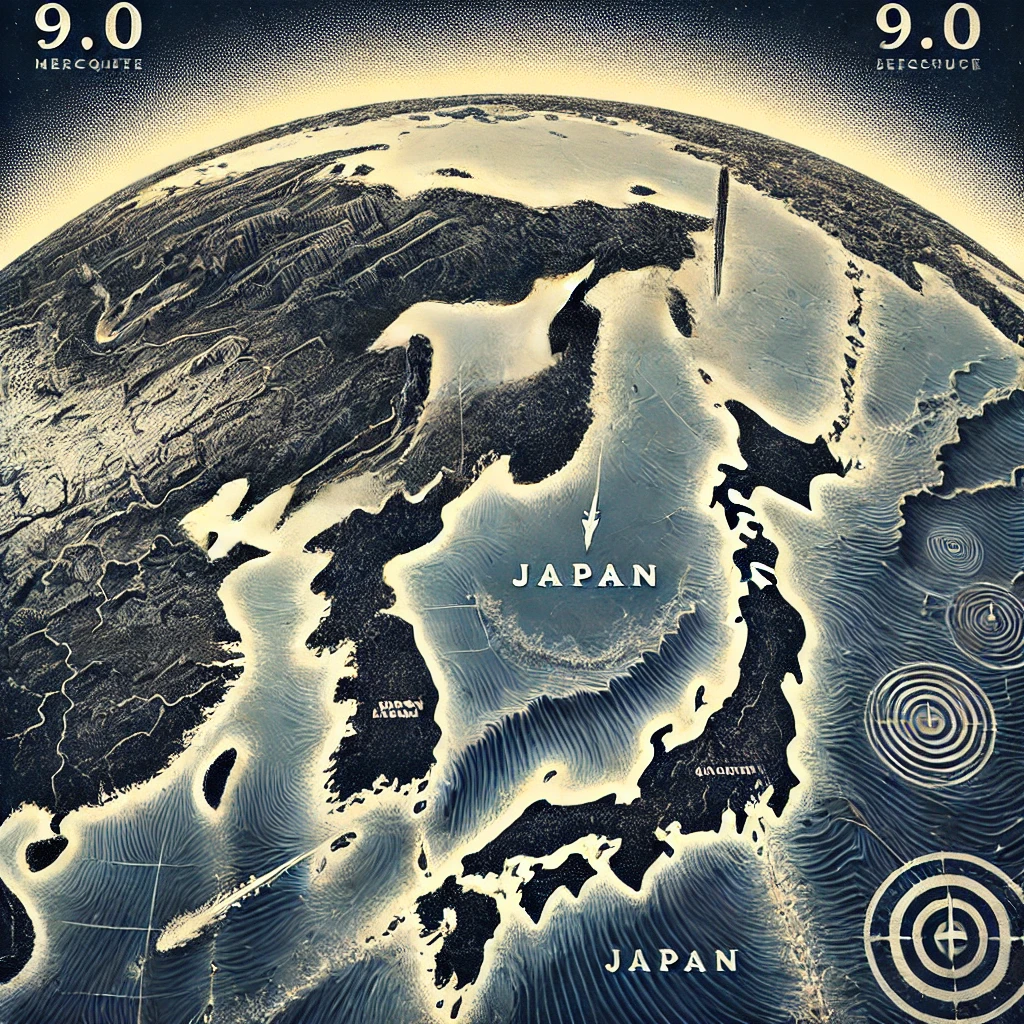
On March 11, 2011, something really wild happened. The earth under Japan rumbled and shook so hard, it was like when you try to get the last bit of ketchup out of the bottle—except WAY more powerful. This was called an earthquake, and it wasn’t just any earthquake—it was a 9.0 on the Richter scale, the biggest one ever recorded in Japan! Can you even imagine that?! Everything was wobbling like jelly.
But that’s not the only thing. When the earth shook, the ocean did too, and it sent a ginormous wave—called a tsunami—rushing towards Japan’s coast. You know those waves you see at the beach? Well, picture one taller than your house. Now picture it moving at 500 miles per hour. Yeah… yikes.
The Big Splash
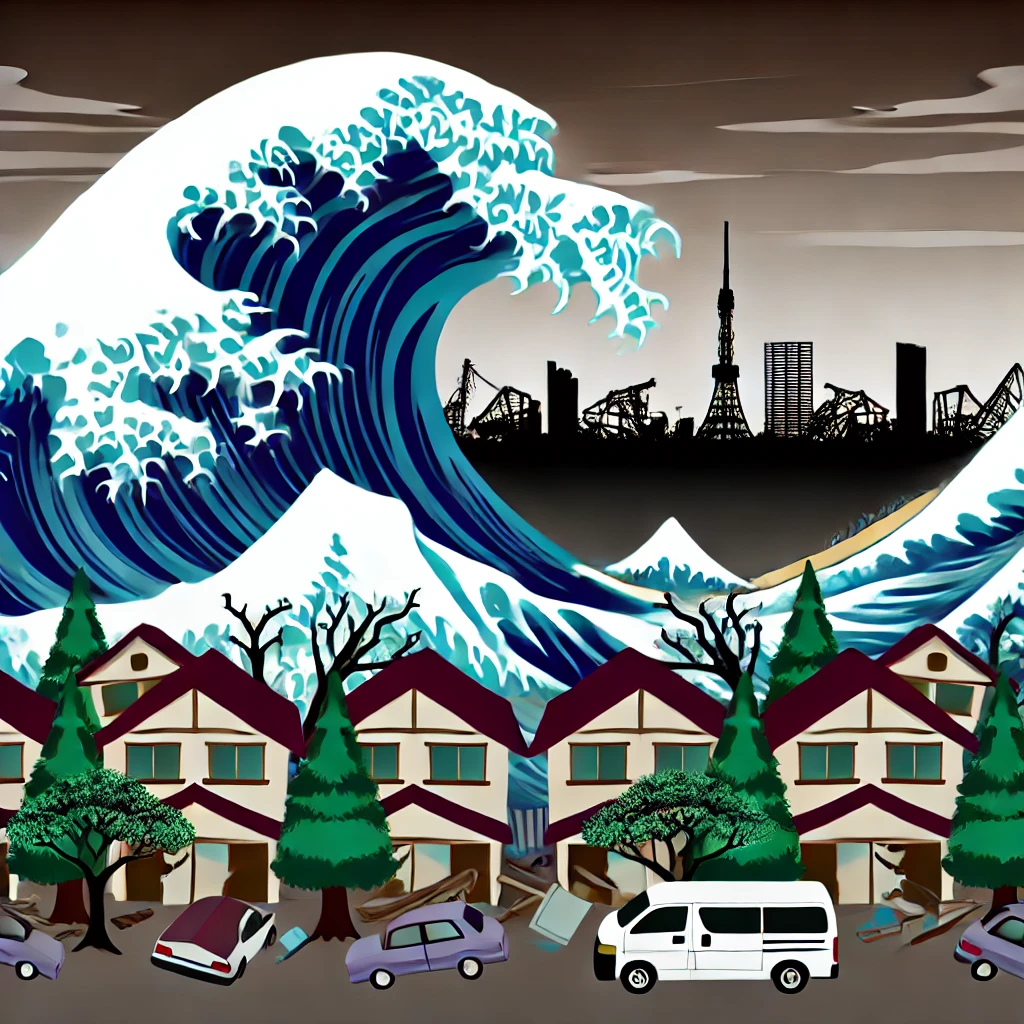
The Japanese tsunami hit Japan’s northeast coast, especially in a place called Tohoku. The waves flooded cities, sweeping away houses, cars, and even entire boats. It was like a giant picked up the whole city and shook it out. Some waves were taller than 30 feet—that’s taller than a three-story building!
One thing I read that was kinda sad but important to remember is that over 15,000 people lost their lives, and many more were left missing or injured. Plus, millions of people had to leave their homes behind. It’s hard to imagine what that would be like, right?
A Disaster on Land Too!
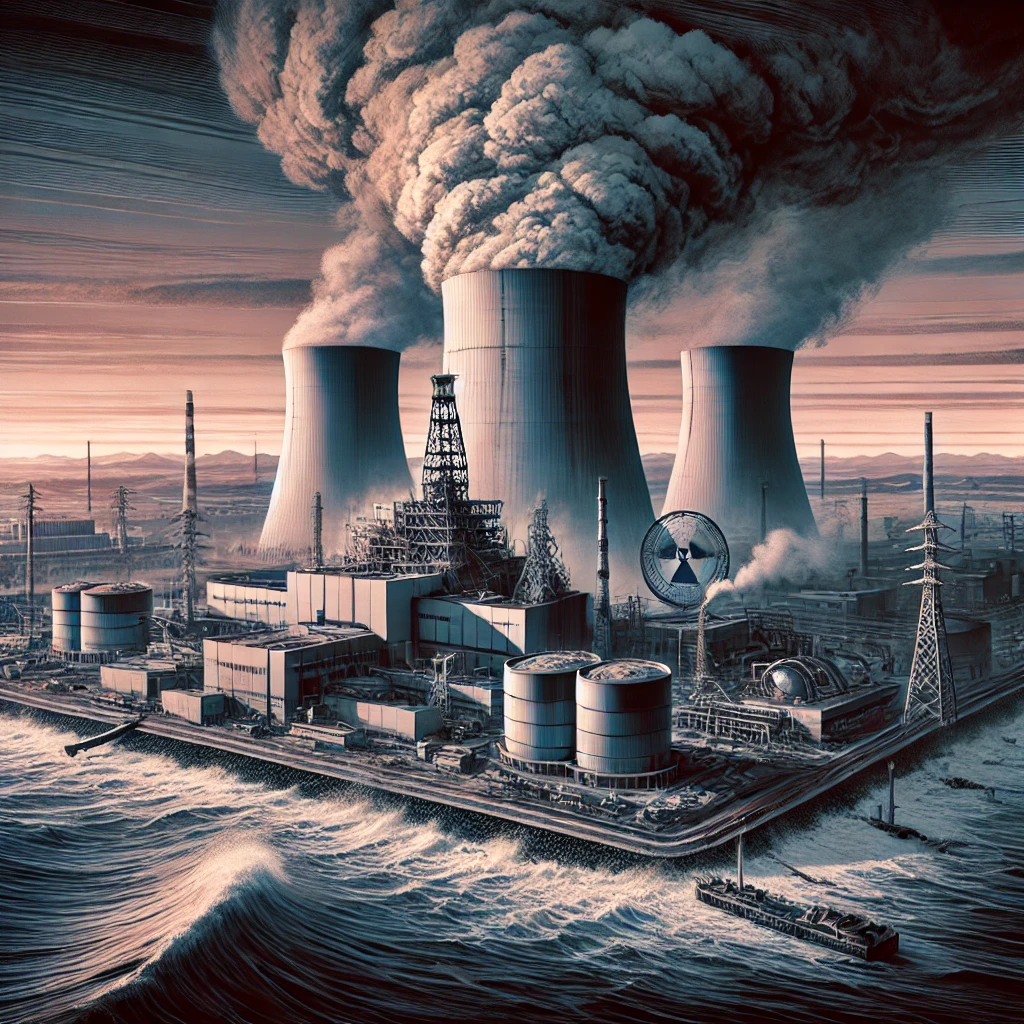
It wasn’t just the waves that caused trouble. The earthquake itself knocked down buildings, cracked roads, and made bridges fall apart. It was like when you step on your brother’s LEGO creation—everything just crumbles (but way less fun).
The damage didn’t stop there. One of the scariest parts was what happened at a nuclear power plant called Fukushima Daiichi. The tsunami knocked out the power, which caused this big, dangerous situation with radiation leaking out. Let’s just say, it was not good for Japan’s energy supply.
Why It’s Important
So why am I telling you all this? It’s not just because I love talking about weather and cool natural events (although I do!). It’s because this event shows us how powerful nature is—and also how strong people can be when bad stuff happens.
After the Japanese tsunami, the people of Japan worked together to rebuild their homes, schools, and cities. They didn’t give up, even when things were really tough. Isn’t that something we can all learn from? When life knocks you down, you’ve gotta get back up and start rebuilding—just like the people in Japan did.
3 Fun Facts You Didn’t Know!
Alright, I know this is all pretty serious, but let’s lighten it up with some fun facts about tsunamis and earthquakes. Ready?
- Tsunamis can travel as fast as a jet plane! Yup, that’s right. They can zoom across the ocean at speeds up to 500 miles per hour.
- Animals are nature’s warning system. Before tsunamis hit, animals like dogs and birds sometimes act really strange because they can sense the danger. How cool is that?
- Japan has an earthquake early warning system! It sends out alerts seconds before the shaking starts, giving people a bit of extra time to get to safety.
What We Can Do
Even though we don’t live in Japan, we can still learn from what happened during the Japanese tsunami. Here’s how:
- Pay attention to nature. If you’re ever by the ocean and see the water suddenly pull back, like it’s being sucked away—run! That could be a sign of a tsunami coming.
- Know your area. Every place has its own natural dangers. In some places, it’s tornadoes (like where I live in Joplin), while other places might get earthquakes. It’s smart to know what to do if something happens.
- Be prepared. Have a plan with your family in case of emergencies. Where will you meet? What supplies do you need? Better to be safe than sorry, right?
Wrapping It Up: Why I Think This Matters
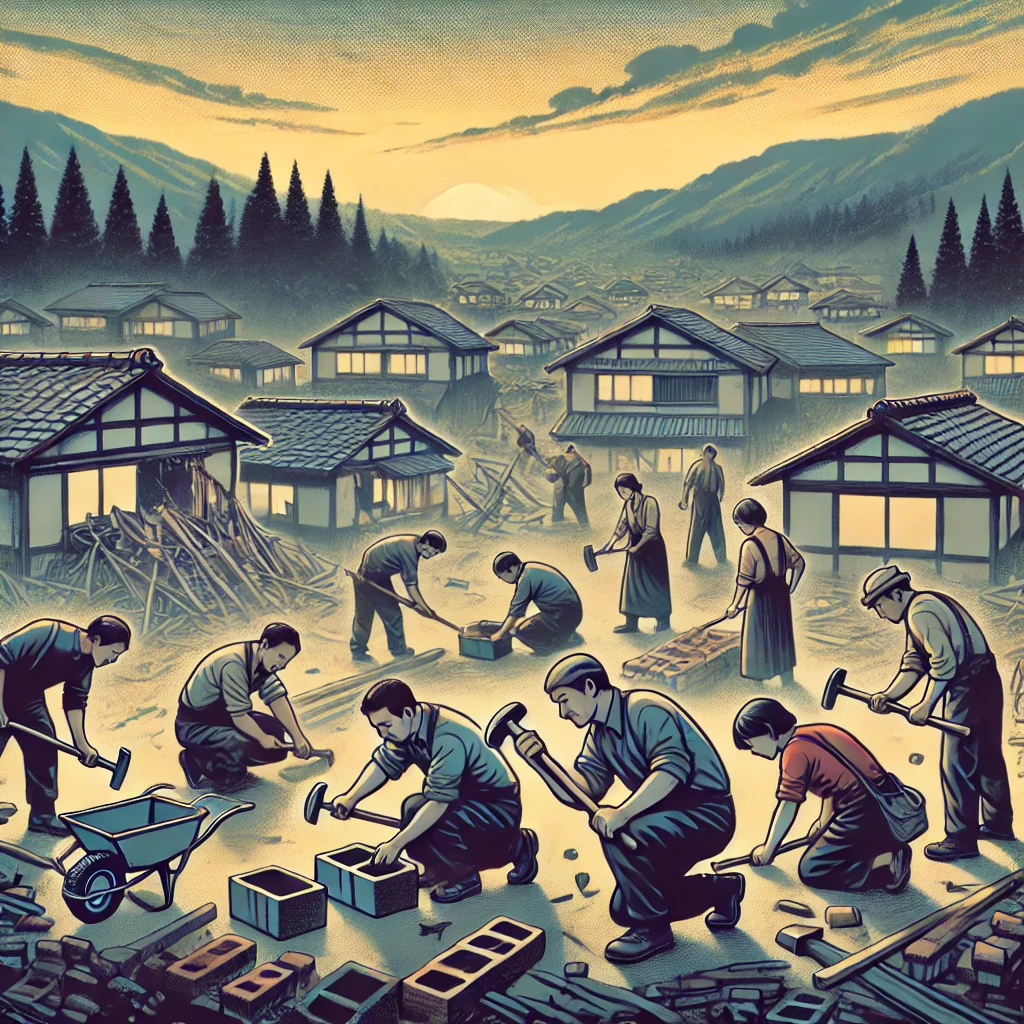
Talking about natural disasters like the 2011 Japanese tsunami is important because it reminds us how powerful the earth is. But what’s even more powerful? People—people who come together to help each other out when things get hard. That’s what I love about learning and sharing this stuff. It’s not just about the scary parts; it’s about how we bounce back and grow stronger.
So next time you look out at the ocean or feel the wind, remember that nature is awesome—and so are we, when we work together.
Let’s reclaim what is rightfully our’s in this digital noise we live in. Join us in this exploration of how deep the rabbit hole actually goes.
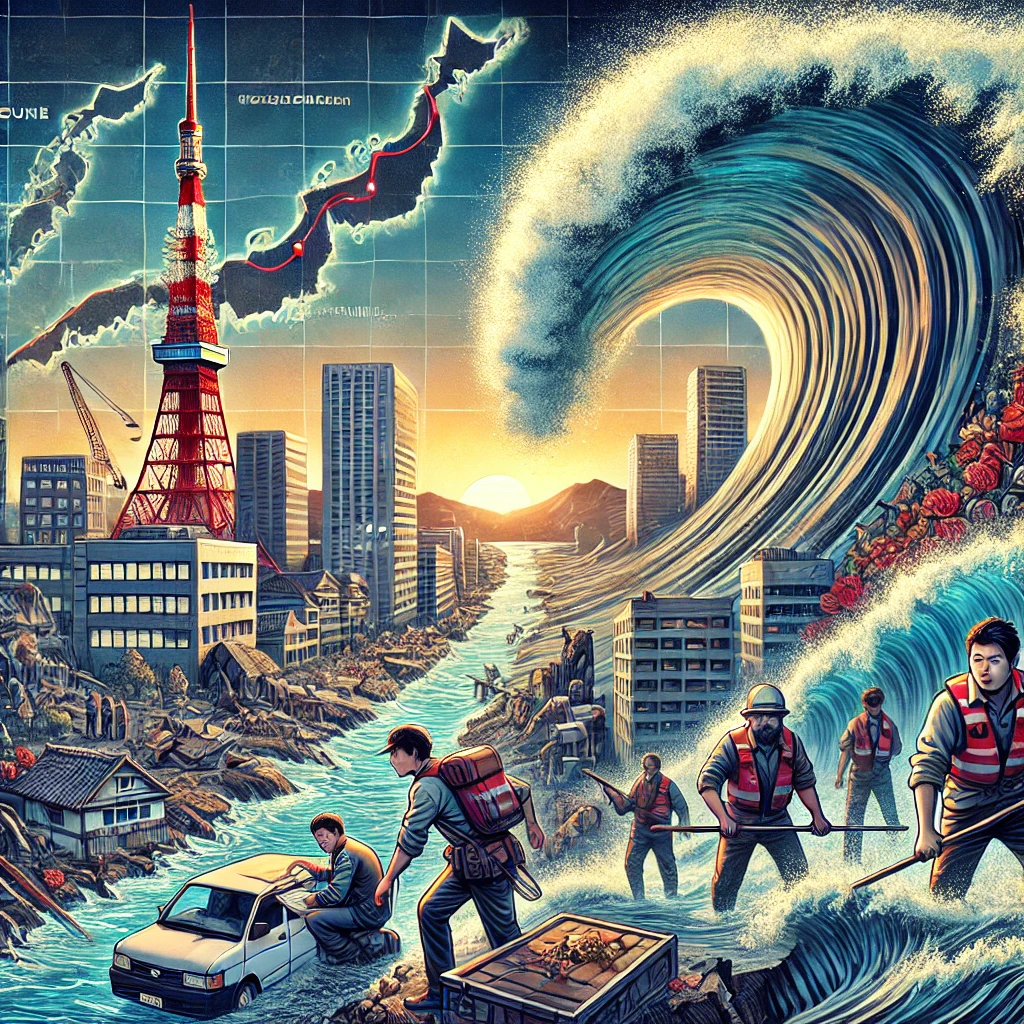
2 Responses
Thank you Mason for reminding me how important it is to stop and be mindful of my surroundings. Sometimes life seems to get so busy I forget to stop and take in the beauty that God has given me. And yes, people are very powerful in number! Thanks again!
Hey thanks for reading my story!